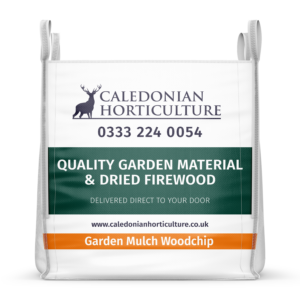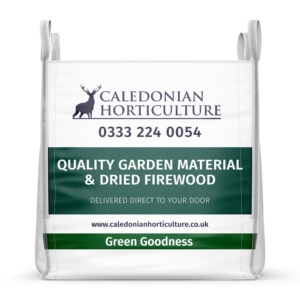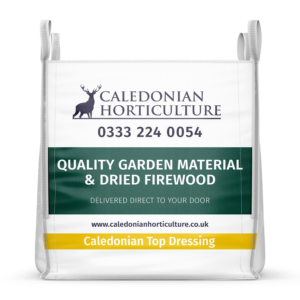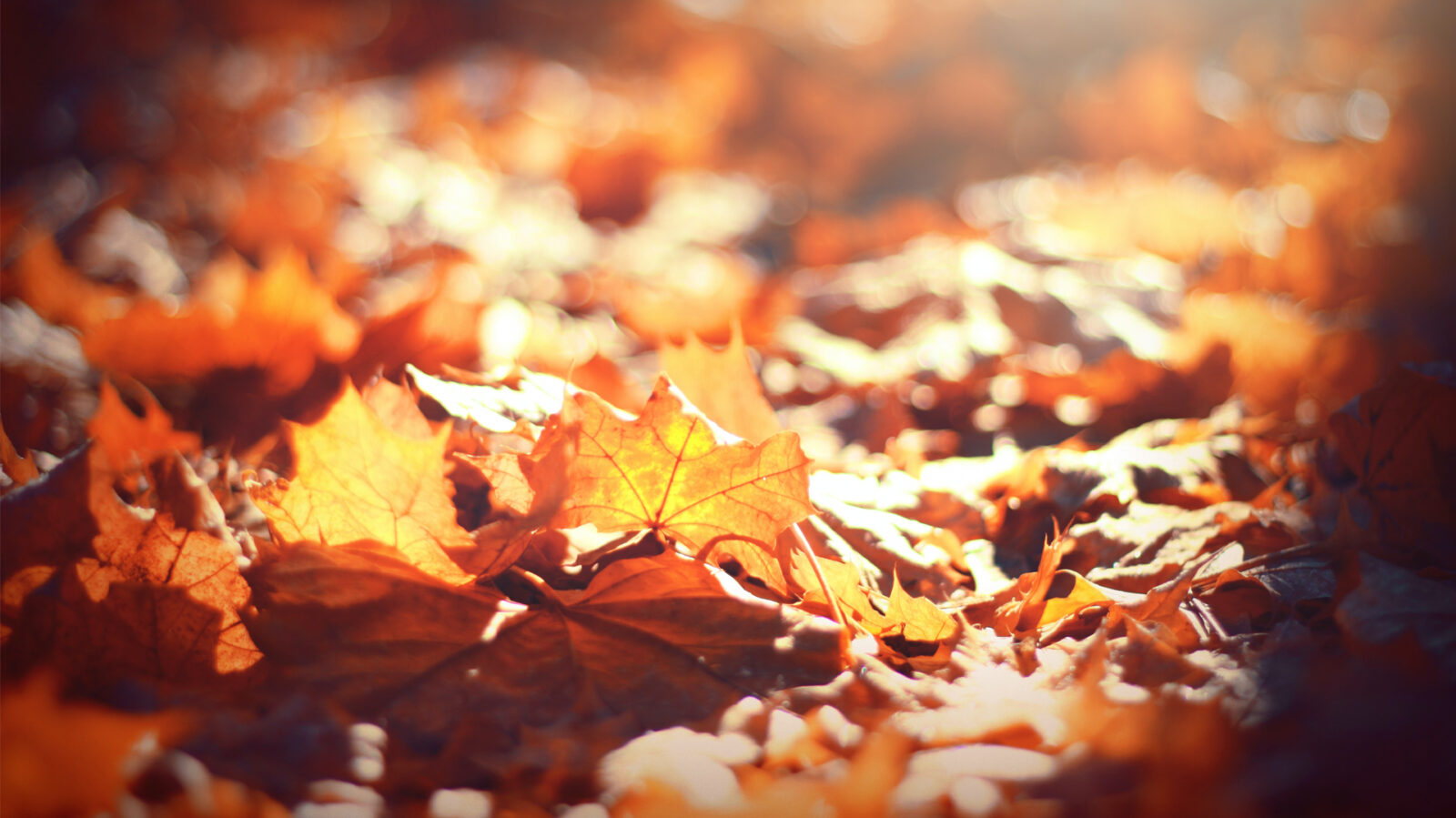Guest post by Erin aka @hortihunny
It’s certainly feeling fully autumnal now! With the clocks going back and dusk being earlier, it reduces the time we can spend in the garden. My top tips are to wrap up warm, do little bits often and always pause for a cuppa when you need to!
Here are some things I’ll be doing in November…
- Harvesting
From the veg garden you can harvest kale, cabbages, turnips, carrots (before they get nibbled!), parsnips, squash, hardy salad leaves and brussels sprouts (wait for a frost for the best flavour!). Perfect for roast dinners and soup season!
- Pruning
Prune roses to protect them from the wind and cut back border plants. It’s a good idea to look at your garden and plan ahead for next year once you’ve given things a trim. Remember to check which plants to prune in winter and avoid pruning if frost is forecast. If your brown bin is overflowing Caledonian Horticulture offer a handy service – Caledonian Garden Waste Collections.
- Planting
If you haven’t already, November is a good time to get those bulbs planted for spring. Tulips are especially good to plant in November and December as the cold can help reduce problems with tulip fire. Check your bulbs carefully for damage or mould and make sure you plant them deep enough as they may not grow properly if they are planted too shallow.
Winter bedding plants can also be planted – keep deadheading violas, pansies and primulas for constant flowering and a bit of colour in the garden.
- Gathering Leaves
Continue to gather fallen leaves from lawns, borders, raised beds and ponds. If you have a composting space, pop the leaves there. They usually take around a year to break down and can then be used as leaf mould for mulching next year. Try to remove leaves from the base of plants as they can provide a space for slugs and snails to overwinter. As always at this time of year, be careful of hedgehogs who may be nesting in leaves and hedges.
- Lawn Improvements
When the weather is dry enough, I’ll be giving my grass the last cut of the year and will use some of the Caledonian Horticulture Top Dressing which is a peat free lawn improver to add some nutrients and improve drainage.
- Bird Feeders
Remember to put out some bird feed to welcome winter birds into your garden. Try to put it somewhere with a little cover for the birdies so they can find food on miserable, wet days. Also be mindful of predators and where you locate your feeder – birds have a habit of being messy feeders and seeds may fall from your feeding station to the ground below.
- More Mulching
Mulching in winter helps with tackling soil erosion and compaction from heavy rainfall. However, it still provides the needed moisture and hydration to the roots and soil since water will evaporate more slowly. Additionally, mulch enhances soil structure as it adds natural matter to help plants develop roots.
Applying mulch is a relatively straight forward job in the garden:
1. Clear the site of all weeds.
2. If the ground is dry, water thoroughly.
3. Cover the area in a layer of your chosen garden mulch.
4. Make sure the area has a mulch depth of between 5cm (2”) and 7.5cm (3″).
5. Clear the mulch away from the stems of the plants.
6. Use a rake to gently level the surface.
For our full range of mulches, top dressing for lawns, topsoils, and composts, check out our shop or give us a call. Happy gardening!
-
 Builder’s Bag Garden Mulch Woodchip£58.00 inc VAT
Builder’s Bag Garden Mulch Woodchip£58.00 inc VAT -
 Builder’s Bag Green Goodness£52.00 inc VAT
Builder’s Bag Green Goodness£52.00 inc VAT -
 Builder’s Bag Top Dressing£84.00 inc VAT
Builder’s Bag Top Dressing£84.00 inc VAT

